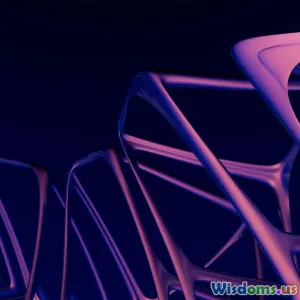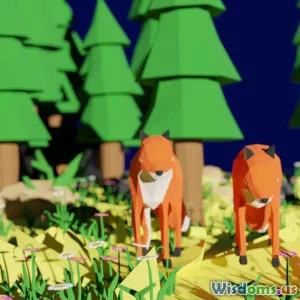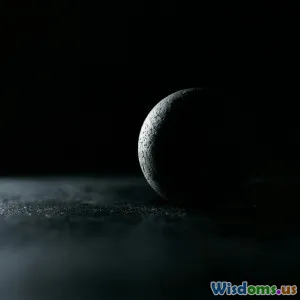
Are 3D Animated Films Really Better Than 2D Classics
14 min read Analyzing if 3D animated films surpass 2D classics in storytelling, artistry, and cultural impact. (0 Reviews)
Are 3D Animated Films Really Better Than 2D Classics?
As cinema evolves, so do the techniques and technologies behind the magic on screen. For decades, 2D animation enchanted audiences with memorable stories and hand-crafted artistry. Today, 3D animation dominates the mainstream, winning box office battles and securing pop culture immortality. But is technological advancement enough to consider 3D animated films inherently superior to their 2D counterparts? Let’s explore the rich stories, emotional depth, and artistic diversity of both styles to challenge the notion that newer always means better.
The Artistry of 2D Animation
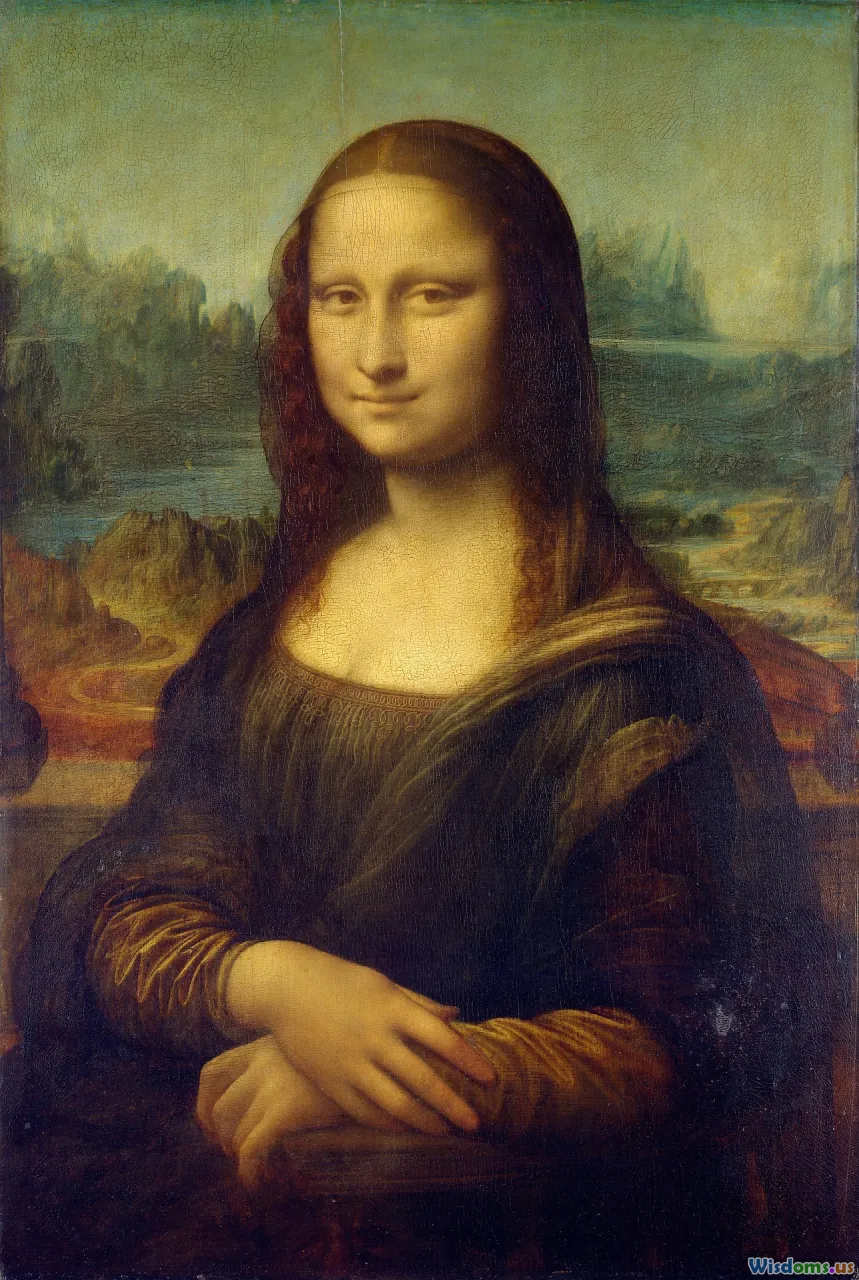
2D classic animation, marked by titles such as Snow White and the Seven Dwarfs (1937), The Lion King (1994), and Spirited Away (2001), represents some of the most painstakingly crafted works in cinematic history. Each frame was originally sketched and painted by hand—a process requiring fine attention to detail and an army of artists.
The Handcrafted Touch
What distinguishes 2D classics is that every movement, background, and expression flows from a real artist’s touch. This handcrafted nature produces quirks and nuances: small inconsistencies in the lines, varieties in shading, and rich, layered backgrounds. For example, Disney’s Beauty and the Beast leverages expressive character animation to convey emotion well beyond the script’s dialog. Animation legend Glen Keane famously used colored pencils to refine every nuance of the Beast’s movements and expressions.
Lasting Visual Identity
2D classics typically possess a striking visual identity. Aladdin is suffused with bold colors inspired by Middle Eastern folklore, while The Little Mermaid shimmers with watercolor-like undersea vistas. These unique visual traits—rooted in the collaborative vision of art directors, background painters, and animators—give each film a signature that is instantly recognizable.
Worldwide Influence
It's not just Western studios that have left a mark: Japan’s Studio Ghibli, with films like My Neighbor Totoro and Princess Mononoke, continues producing 2D animations famed for their lyrical beauty and environmental storytelling, captivating a global audience.
The Technological Breakthrough of 3D Animation
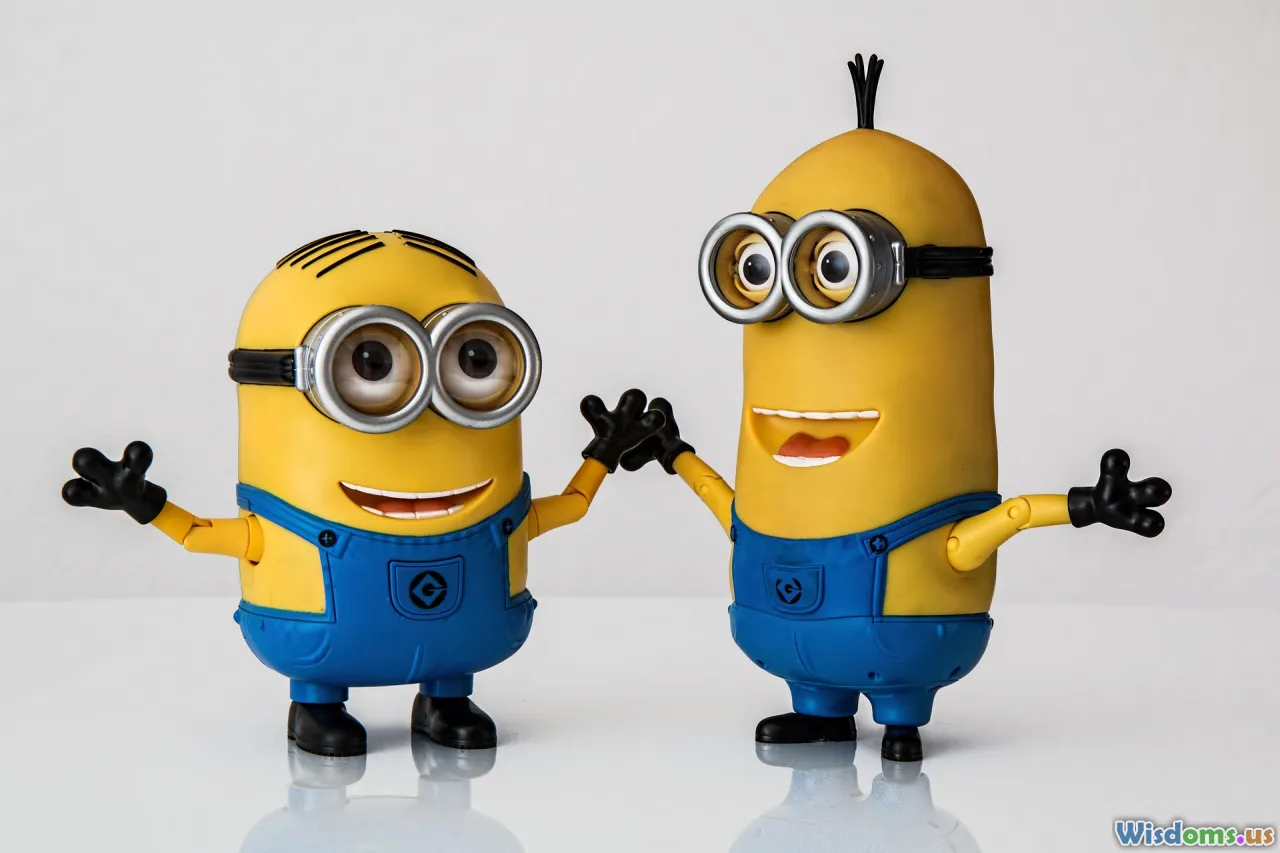
The advent of 3D animation revolutionized the film industry. From Pixar’s Toy Story (1995)—the first feature-length film created entirely with computer-generated imagery (CGI)—audiences have witnessed considerable leaps in lighting, texturing, and dynamic camera movement.
Expanding Visual Realism and Possibilities
3D animation excels in creating lifelike worlds and characters. Today’s films can render skin textures, fur, and physics with astonishing precision. Take Finding Nemo (2003): With meticulously simulated underwater lighting and organic fish movement, Pixar elevated the immersive experience to new heights.
Dynamic Camera Work
Unlike the static or limited parallax of 2D movies, 3D computer environments enable dynamic, flowing camera moves—swooping through chase scenes or spinning around an action set piece with seamless realism. In How to Train Your Dragon (2010), DreamWorks harnessed 3D space to deliver breathtaking flight sequences.
Iterative Efficiency
Digital tools allow for rapid experimentation. Studios can tweak characters, backgrounds, and choreography with flexibility impossible in traditional cel animation. Costly reshoots of entire scenes due to minor errors have become largely obsolete, expediting the creative process without sacrificing polish.
Storytelling: Heart over Hype
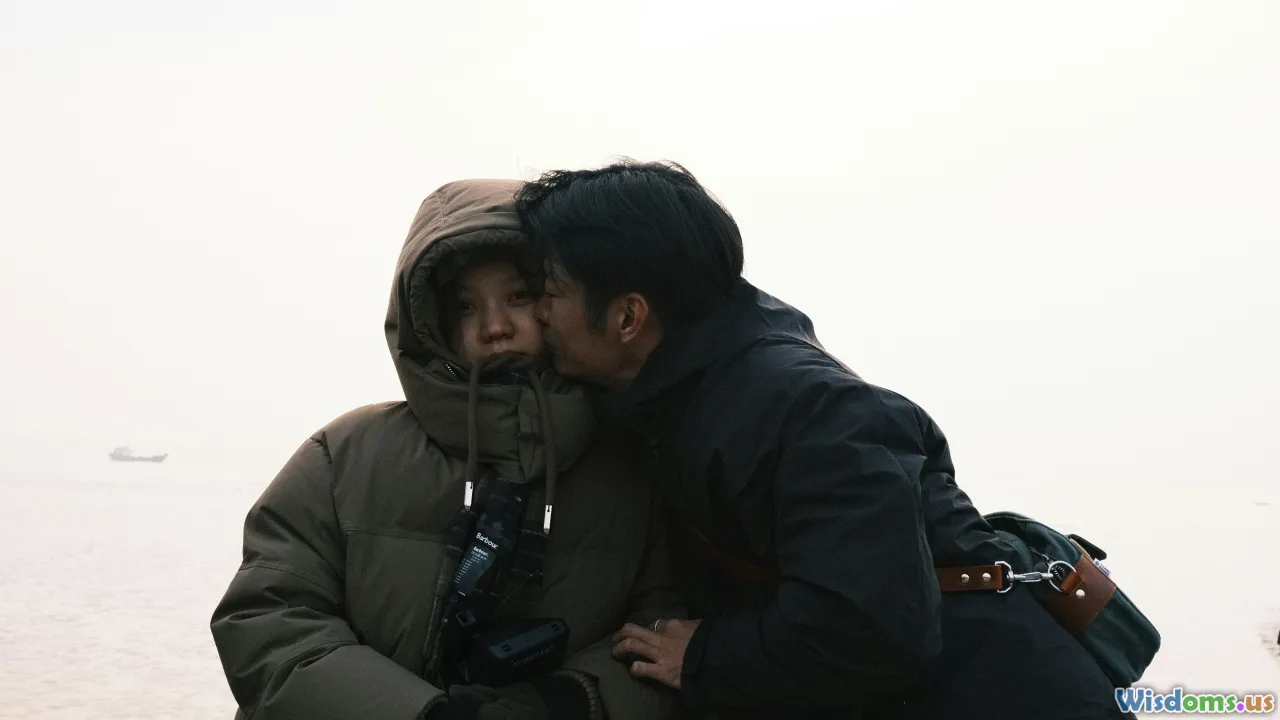
Whether 2D or 3D, compelling animated films are ultimately judged by the stories they tell and the feelings they evoke. Both styles prove equally capable—but with distinct strengths formed by their medium.
2D's Expressive Flair
The animators’ hands infuse 2D works with exaggeration and surrealism well-suited for emotional tales and mythic adventures. The dreamlike transformation scenes in Fantasia (1940) or the expressive musical numbers in The Lion King marry medium and message to elicit awe. 2D animation’s stylization can distill a scene to its emotional essence, engaging both children and adults in timeless narratives.
3D’s Immersive Worlds
Conversely, 3D artistry makes it possible to blend whimsical storytelling with a tactile sense of immediacy. The wide-eyed innocence of Inside Out (2015) is heightened by vividly realized emotion characters and complex, dreamlike landscapes. World-building in franchises like Shrek or Frozen adds a layer of believability, drawing viewers deeper into imaginative universes.
Equally Powerful Narratives
Films like Coco (Pixar, 2017) demonstrate that rich storytelling remains at the forefront: The film’s visual feast serves an emotional arc that resonates across cultures, capturing the spirit of Día de los Muertos. On the 2D front, Grave of the Fireflies (1988) uses spare, almost stark animation to deliver one of cinema’s most harrowing portrayals of love and loss. Storytellers leverage their chosen animation styles to amplify, not overshadow, the heart of their messages.
Nostalgia Vs. Innovation: Audience Perspectives
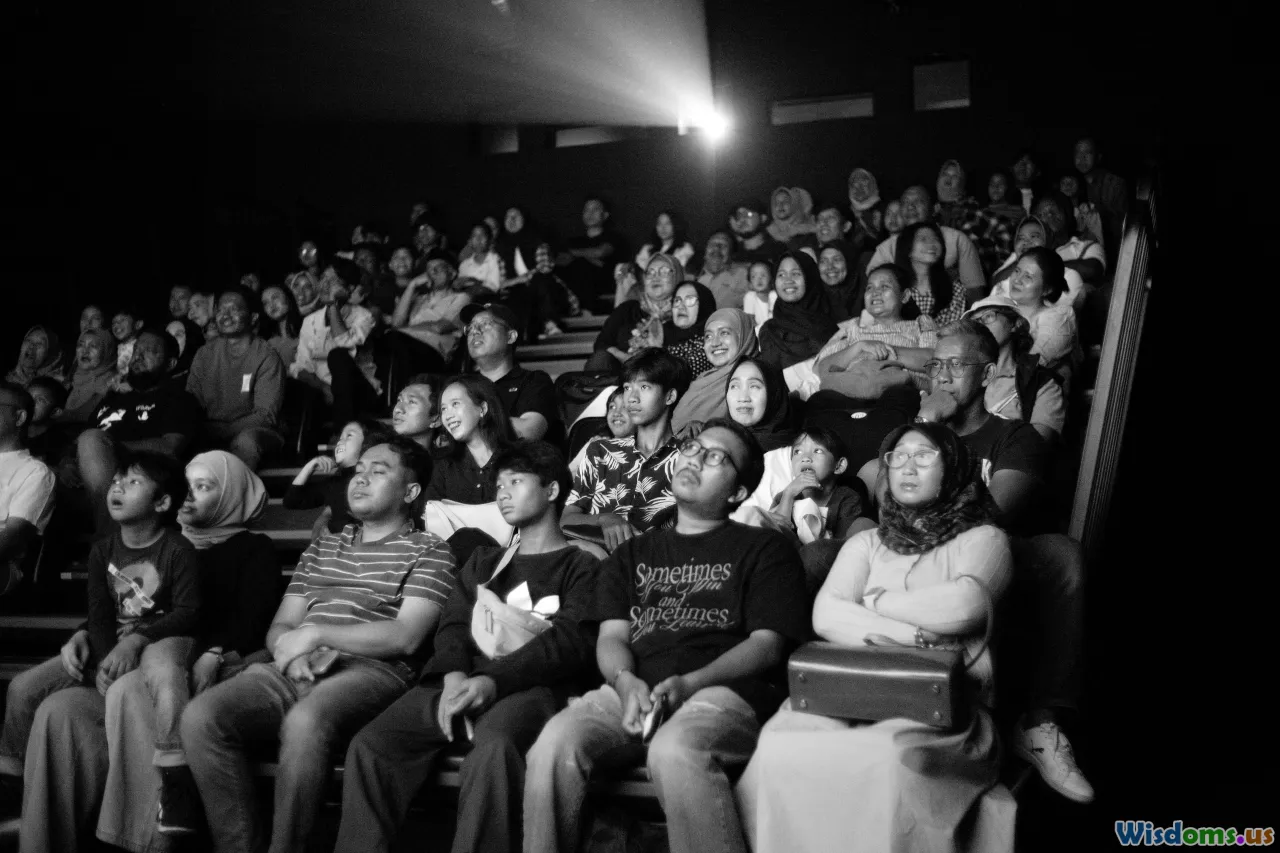
A notable factor in the debate is nostalgia—the affection borne from childhood memories. Many adults recall 2D classics as cultural touchstones, shared across generations. Watching* The Little Mermaid* or Beauty and the Beast is a multigenerational tradition, enhanced by vinyl soundtracks and storybook adaptations.
Emotional Attachments
For those who grew up during the Disney Renaissance, 2D films often evoke familial rituals and personal milestones. Meanwhile, modern audiences are forming similar attachments to 3D juggernauts like Frozen or Moana. These films serve as the backdrop to birthday parties, themed toys, and campus singalongs—their reach no less encompassing than earlier classics.
Changing Expectations
Audience tastes evolve with the times. Younger viewers, raised with smartphones and video games, may find 3D animation more relatable and visually striking, paralleling the immersive media they already consume. Studios are conscious of these preferences, which partly explains the prevalence of 3D animation in mainstream feature films.
The Space for Both
There’s room on family movie nights for all eras. Streaming platforms now offer access to a vast library of both new releases and 2D treasures—allowing intergenerational viewers to appreciate the timeless themes and evolving artistry of the medium.
Limitations and Challenges
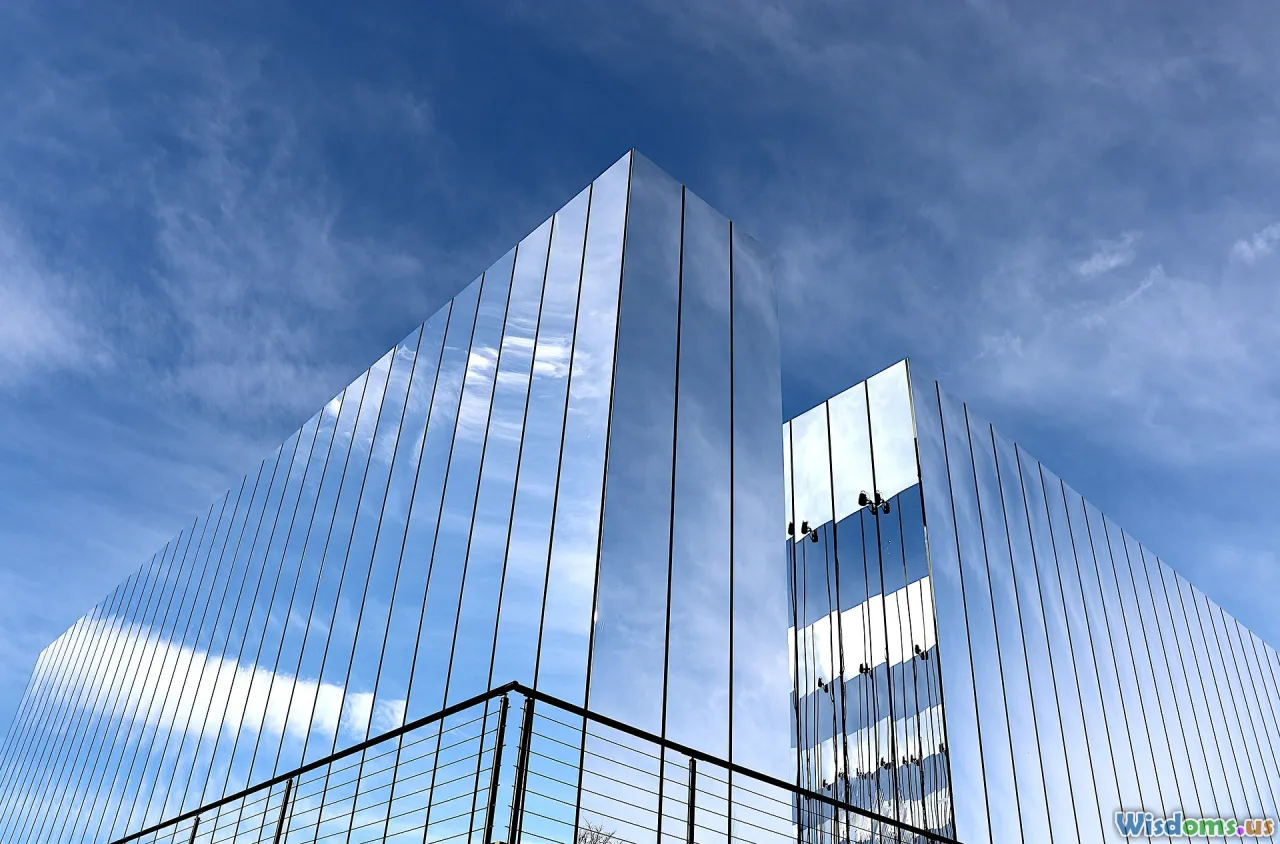
Yet both styles contend with notable hurdles—proving that neither is categorically superior.
Hard Realities of 2D Production
2D animation’s fate in Western markets was influenced by economic factors as much as artistry. Creating high-quality cel animation is labor-intensive and expensive. Studios require hundreds of artists to craft each scene by hand. As budgets ballooned in the 1990s, 2D projects became financially risky.
Moreover, the lengthy production pipeline often made it difficult to adapt to changing audience trends or implementation of story changes late in the process. This economic reality, not artistic inferiority, fueled the migration toward faster digital production.
The Learning Curve of 3D
Though 3D tools increase efficiency, their complexity can present formidable obstacles. Artists must master specialized software like Autodesk Maya or Houdini and adapt to workflows that involve both programming and artistry. During the early days of CGI, limitations in rendering water, hair, and fabrics resulted in “plastic” characters lacking expressive depth (witness the stilted background humans in Toy Story).
Realistic 3D animation also risks falling into the uncanny valley—characters look almost human, but not quite, causing audience discomfort. Studios now balance detail and stylization mathematically to avoid lifeless eyes or unnerving smiles.
Artistic Fusion: Where 2D and 3D Meet

Instead of choosing sides, many contemporary films combine both approaches, reaping creative benefits from each.
Recent Trailblazers
Spider-Man: Into the Spider-Verse (2018) redefined visual storytelling as a hybrid: integrating hand-drawn lines, comic-book textures, and CGI models for a vibrant, kinetic experience. Klaus (2019), lauded for its Christmas magic, utilized advanced lighting techniques atop 2D animation, giving flat drawings a three-dimensional glimmer.
The Rise of Digital Tools in 2D
Even studios committed to hand-drawn looks now rely on digital pipelines. Toon Boom and TVPaint allow animators to draw directly into computers, giving them both the charm of traditional 2D and the flexibility of digital editing. These advances let smaller studios experiment without the huge budgets of major studios.
A New Artistic Language
The fusion of hand-drawn and digital elements is leading to unique new visual languages. Mitchells vs. The Machines (2021) layered rough 2D lines and doodles atop 3D animation, visually echoing the story’s theme of a quirky, imperfect family clashing with a glossy, high-tech world.
Future Trends: The Expanding Canvas

As technology accelerates, the lines between 2D, 3D, and even live-action continue to blur. Filmmakers are adopting AR/VR toolkits and AI-assisted animation for storytelling opportunities previously unthinkable.
A Spectrum of Expression
Video games like Cuphead resurrect classic rubber hose animation in 2D, while VR shorts plunge audiences into spatial, interactive cartoon worlds. Upcoming platforms promise even more personalized content, where viewers can experience hand-crafted styles or hyperreal dreamscapes on demand.
A Global Renaissance
2D artistry is witnessing a renaissance in television and streaming—think Arcane’s painterly style or Primal’s kinetic violence—fueling renewed appreciation for hand-crafted spectacle. Studios across Africa, South America, and Southeast Asia are gaining global attention with bold, culturally rooted animation, often preferring 2D for affordability and distinctiveness.
Honoring the Past, Forging Ahead
Both 2D and 3D continue to inspire the next generation of animators. Schools teach classical principles alongside cutting-edge digital tools. Industry events like Annecy Festival celebrate animation in all forms, honoring both old masters and daring innovators.
Whether hand-drawn or digitized, the best animated films don’t just dazzle the eyes—they stay with us, inspiring laughter, wonder, and empathy. The real power of animation lies not in pixels or brushstrokes, but in creators who harness these tools to tell meaningful stories. As new technologies expand our canvas, both 2D and 3D remain vital, diverse pathways for the imaginative journeys yet to come.
Rate the Post
User Reviews
Popular Posts











